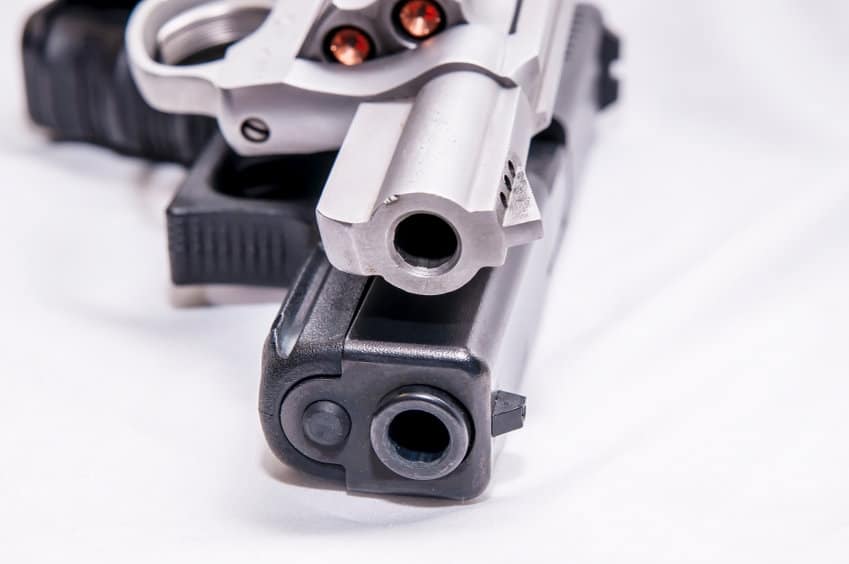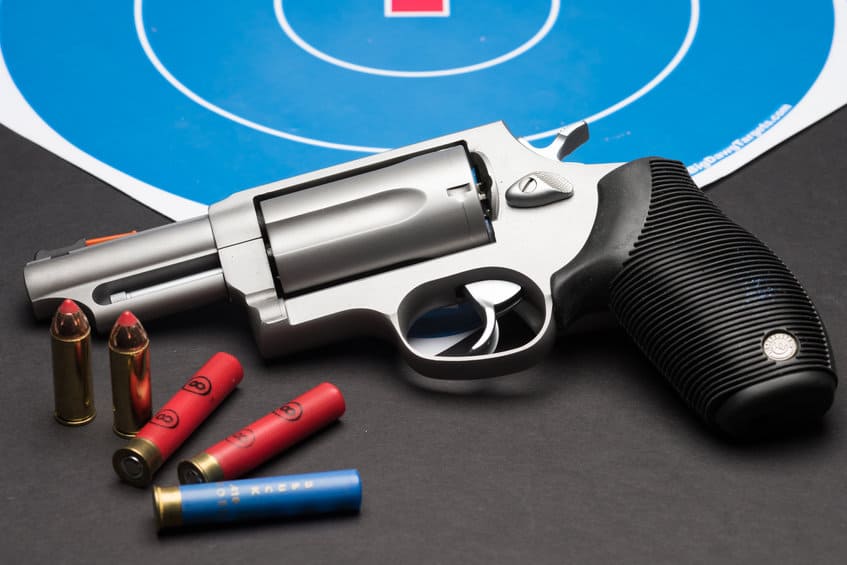In short, yes. Growing up in southern Michigan, hunting families fell into two camps, Remington users and Mossberg users. There was little crossover within families either. This Ford vs Chevy type debate was the subject of much gun shop talk and back-and-forth jesting, with each camp firmly believing that their favorite brand was the best. My family was solidly in the Remington group, and my father, a hobby gunsmith, viewed Mossberg’s with disdain. As I grew up, I had the chance to handle and shoot Mossberg shotguns. Later selling them at the retailers where I worked. I discovered the Mossberg shotguns, especially the Model 500 (and later 535), were excellent weapons that gave reliable service to their owners, who then brought their friends back to buy one.
Table of Contents
History
The history of the Mossberg 500 ironically begins with the commercial failure of Remington’s Model 31 pump shotgun. The 31 was Big Green’s first side eject pump, and despite being slick as ice, it was expensive to produce. After poor sales, Remington scraped this design and created the 870 in 1950. High Standard then picked up the basic design of the 31 and used it as the basis for the Flight King series of shotguns found on store shelves up into the late 1960’s. Some models look nearly identical to a Mossberg 500 but have steel receivers and lack the lefty-friendly tang safety.
In 1961, Mossberg took note of the Flight King Action and refined it further. The tang safety was added and the bolt was redesigned to lock into the barrel extension. This design change takes the stress off the receiver, allowing for it to be made from aluminum, reducing the weight and cost. The result is a shotgun that is both rugged and budget-friendly.
Variants
In production for nearly three-quarters of a century, the Mossberg 500 has been made in a bewildering array of configurations and finishes. The standard field model is familiar to most of us. As are the “riot” models with 18 1/2” barrels for defensive use.
590A1
The US military uses a variant of the 500 known as the 590. Created in 1987 at the request of the US Navy, the 590 features a heatshield, bayonet lug, extended magazine, metal trigger guard, and a heavy-walled barrel designed to withstand getting caught in ship doors. The 590A1 was subsequently adopted military-wide. It remained the primary US military shotgun through the first decade of the twenty-first century.
535
The latest member of the 500 family is the now discontinued 535, a 500 redesigned to take 3.5” shells. Despite its super-magnum capabilities, the 535 retained the trim feel and light weight of its parent. One of my employers stocked the 535 in a fully camouflaged waterfowl/turkey combo featuring a 28-inch standard barrel and a 22” barrel with fiber optic sights and turkey choke. I wanted one badly, but the extra cash just did not exist for me then. Note that 535 or 590 barrels are not interchangeable with standard model 500 barrels.
Bantam
Mossberg sells a youth model of the 500, known as the Bantam or Super Bantam, with reduced length of pull and shorter barrels. The Bantam also has the forearm set back slightly for ease of manipulation by those with a shorter reach. Stock spacers are included for the stock to be adjusted to fit to the user as they grow.
Shockwave
The Shockwave is an interesting curiosity. While neither a shotgun nor pistol per the ATF, it shares many common parts with the model 500 and 590. The barrel is 14-inches long, and the entire weapon is just over 26 inches. The Shockwave is a potent close-range defensive weapon reminiscent of the “witness protection” guns featured in numerous TV shows and movies like the Book of Eli.
Maverick series
If the Model 500 is not affordable enough, Mossberg has the Maverick line to ensure anyone can afford a quality shotgun. The Maverick series is available in field, home defense, and slug gun configurations. They are built very similar to the 500 but lack the tang safety.
Versatility
The model 500 has been produced in 12, 16, and 20 gauges, along with a .410 bore with defensive, deer, and turkey models found in all gauges but 16.
Mossberg was an early adopter of synthetic stocks. I believe they were also the first company to offer a fully camouflaged shotgun to the public. Barrels can be easily removed and swapped to transition a 500 from a duck & pheasant gun, to a rifled deer gun, muzzleloader, or turkey gun. Guns produced from the late 90s onward have drilled and tapped receivers for optics. All these features make the 500 a truly versatile weapon.
Achilles Heel
There are two issues that detract from the 500 that I am aware of. The first is on the early production Model 500s there was only one action bar linking the forearm to the bolt carrier. This setup was common back in the day, but they rattled and under rough use, could bind and break. The second issue was that the tang-mounted safety makes a good fidget in the field. After many seasons of getting flicked back and forth, the bottom safety assembly inside the receiver breaks loose and falls off. It is easy to fix, parts are cheap, and there are many YouTube videos detailing the repair procedure.
Final Thoughts
The Mossberg 500 and its variants have been a mainstay of the American sportsman, peace officer, and soldier since 1961. It is an exceptionally versatile weapon with extensive aftermarket support, and a high degree of customization is possible. I’ve never met anyone who owned a 500 and was disappointed with its performance. They are a reliable, affordable, and well-made weapon that will serve a family for generations. If you are considering the Mossberg 500 for your next shotgun, you do not have to figure out whether or not it is a good weapon (several generations of Americans have proven that), you just need to decide what configuration you want.
Until Next Time…..




